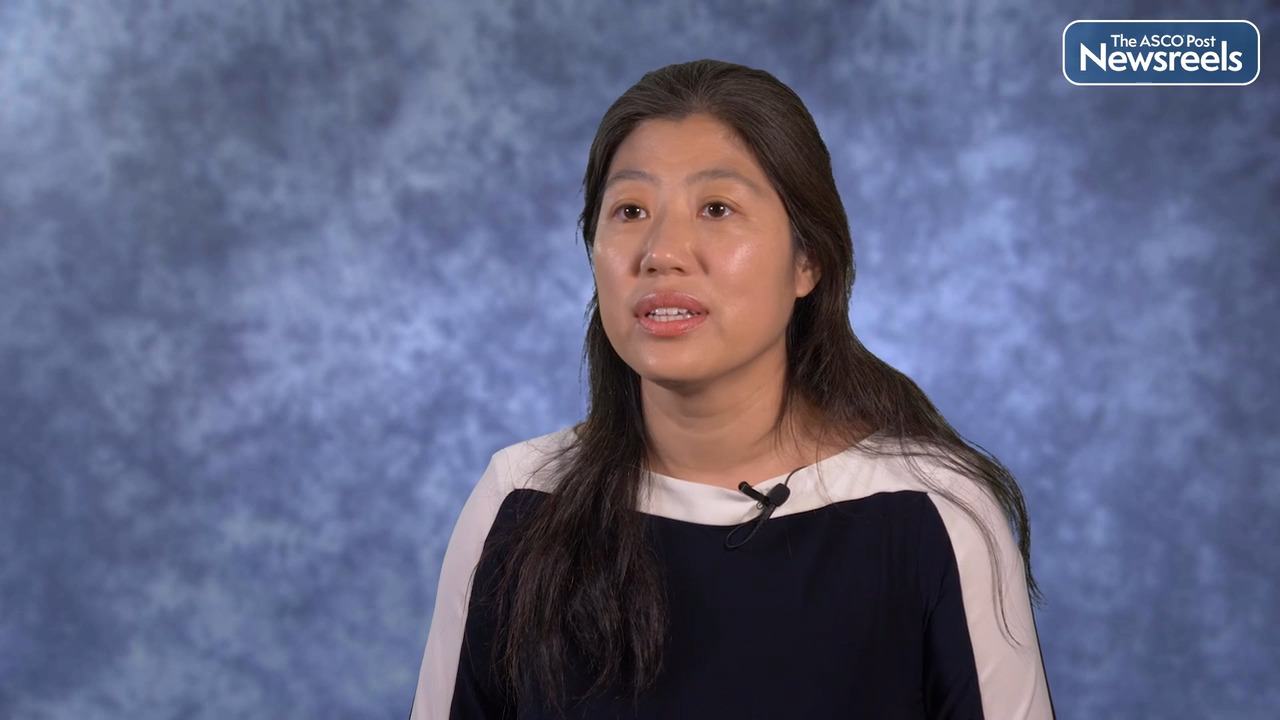Transcript
Disclaimer: This video transcript has not been proofread or edited and may contain errors.
Back in the 1930s as part of President Roosevelt's New Deal era, the Homeowner's Loan Corporation was created. The whole purpose of this cooperation was to go out and tell the banks where to finance mortgages.
So essentially what the Homeowners Loan Corporation did was it took close to 200 American cities, the largest cities in the country, and it's subdivided them into four different neighborhoods.
You had the green and the blue neighborhoods. Green were the best neighborhoods you could want to live in, best being official language at the time. Blue was the still desirable neighborhoods where you still wanted to approve mortgages and invest in those areas.
The yellow and the red neighborhoods were the neighborhoods where you wanted the banks to be more careful. These were the high risk neighborhoods. The yellow were the neighborhoods that were in decline. Again, official language. And then red were the neighborhoods that were hazardous, mapped in red on a map. And so the term "redlining" was born.
So this is redlining happening back in the 1930s. And what the Homeowners Lawn Corporation essentially did was they systematically targeted neighborhoods that were black, non-white, minority immigrant populations, and prevented long-term investment in these areas. And over the last hundred years, we now know that this disinvestment has now led to many disparities.
To name just a few, inter-generational wealth transfer has been reduced. There's increased exposure to health harming factors. There's reduced access to health promoting resources. And then finally, many disparities of these has been documented.
So the field is now slowly getting to understand just how much damage these discriminatory policies from back in their day did.
The field of oncology, however, is still at its early stages. We haven't quite documented those disparities yet. And what we do know is so far very much geographically restricted, or limited to only one aspect of the cancer care continuum.
So what we did in this study, essentially we decided to investigate outcomes in colon cancer, modern day outcomes, and see if those were in any way influenced by the neighborhood discrimination that was occurring back in the 1930s.
We decided to focus on colon cancer for a few different reasons. Number one, we had 150,000 new cases of colon cancer in 2021 alone. From a mortality standpoint, this is a disease that's third in incidence in the country and second in mortality.
And then the third reason is this is a disease that if you can catch it early, you can treat it early. If you can treat it early, you can potentially cure the patient early.
So we took 200 historical maps from back in the 1930s, and we generated modern boundaries around them. And then we took the national cancer database. This is the largest cancer database in the country. 72% of all new cancer diagnoses end up in this database. And we essentially combined this database with these old maps.
And then the next step was to assign each patient a redlining grade. They could either be in the best neighborhood, a still desirable neighborhood, a neighborhood that was in decline, or a hazardous redline neighborhood. And then we studied a few different outcomes relevant to colon cancer.
Essentially, in terms of results, we looked at 150,000 people across four different neighborhoods from 2007 to 2017 with newly diagnosed colon cancer. And as you move from the least discriminated to the most discriminated neighborhood, you have people that are more likely to be racialized groups, more likely to be on public insurance, less on private insurance, more likely to have less income, and less education as well.
And the biggest results that we found from our study was if you live in a discriminated neighborhood today and you've been diagnosed with colon cancer, the odds are higher of you being diagnosed at a later stage, not receiving guideline concordant care, noting delays and beginning chemotherapy, say after surgery, and ultimately also having lower survival.
These disparities were seen across all neighborhoods, but were most dose prominent, I guess you could say, in the previously hazardous redline neighborhoods.
So in conclusion, we're seeing the impact of historical housing discrimination on modern day colon cancer outcomes. And we are essentially situating these findings in the context of how ASCO even contextualizes healthcare disparities from a social and historical hierarchy. And health equity is defined as a fair and just equal opportunity for everyone to be as healthy as possible.
So essentially, we hope the results of our study can lay the foundation for studying historical housing discrimination, and housing discrimination in general as a major social determinant of health and driving cancer inequities.
And the next step really, essentially, if you're thinking about where we can take this work, is to think about where we can influence a change in practice. Whether it's at the individual patient or provider level, whether it's at the state or the practice level, or whether it's at the level of the federal government, where I think frankly, most of the impact can be made, are going to be the next major steps of this work.





